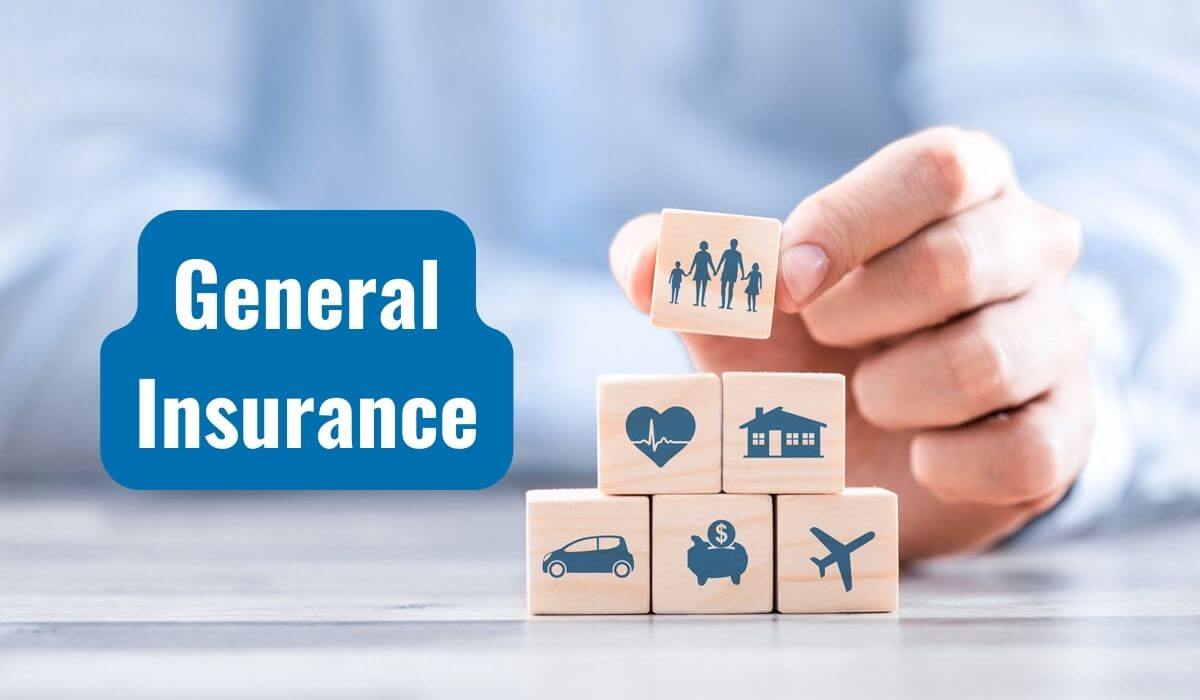Who is at Fault in a T-Bone Accident?
If you’ve been in a t-bone car accident, you’re probably wondering who’s at fault. The answer to this question can be complex, as it depends on the specific circumstances of the crash. In most cases, however, fault will be determined based on who violated the right-of-way. If you were driving on a through street and were hit by a car that was turning left, you would likely be considered not at fault. However, if you were speeding or driving recklessly, you may be found to be partially at fault.
In some cases, both drivers may be found to be at fault for a t-bone accident. For example, if you were driving on a through street but failed to yield to oncoming traffic, you could be found to be partially at fault for the accident. Similarly, if the other driver was speeding or driving recklessly, they could also be found to be partially at fault.
If you’ve been involved in a t-bone accident, it’s important to speak to an attorney to discuss your case. An attorney can help you determine who is at fault for the accident and can help you get the compensation you deserve.
Who is at Fault in a T-Bone Accident? (More Detail)
Determining fault in a t-bone accident can be a complex process. There are many factors that can contribute to an accident, and it can be difficult to determine who is ultimately responsible. In some cases, both drivers may be found to be at fault.
One of the most important factors in determining fault is the right-of-way. The driver who has the right-of-way is generally considered to be not at fault in an accident. However, there are some exceptions to this rule. For example, if the driver with the right-of-way is speeding or driving recklessly, they may be found to be partially at fault for the accident.
Another factor that can contribute to fault in a t-bone accident is the driver’s actions. If a driver fails to yield to oncoming traffic, they may be found to be at fault for the accident. Similarly, if a driver is speeding or driving recklessly, they may also be found to be at fault.
If you’ve been involved in a t-bone accident, it’s important to speak to an attorney to discuss your case. An attorney can help you determine who is at fault for the accident and can help you get the compensation you deserve.
T-Boned Car Accident Fault: Determining Liability in a Side-Impact Collision
In the aftermath of a T-bone accident, assigning fault is crucial for determining who is liable for the damages. These accidents, characterized by the impact of one vehicle’s side with the front or rear of another, often raise questions about who failed to yield the right of way or violated traffic laws.
Common Causes of T-Bone Accidents
T-bone accidents often stem from a driver’s failure to yield the right of way, whether at an intersection, when pulling out of a driveway, or when merging onto a highway. These accidents can also occur when a driver runs a red light or makes an illegal turn, such as turning left from the far right lane.
In approximately 40% of T-bone accidents, a driver fails to yield the right of way at an intersection. These accidents can be particularly dangerous because they often involve high speeds and unexpected impacts. Drivers must be especially vigilant at intersections, ensuring that they have the right of way before proceeding.
Running a red light is another major cause of T-bone accidents. When a driver ignores a red light, they risk colliding with a vehicle that is lawfully proceeding through the intersection. These accidents can be catastrophic, as they often involve high-speed impacts and can result in severe injuries or fatalities.
Illegal turns are a third common cause of T-bone accidents. These accidents can occur when a driver makes a left turn from the far right lane, a U-turn in a prohibited area, or a right turn from the left lane. Drivers must be aware of the traffic laws governing the type of turns they are permitted to make to avoid causing T-bone accidents.
T-Boned Car Accident Fault
Getting into a car accident is never fun. But what happens when you’re involved in a T-bone accident? Who’s at fault? And who’s responsible for paying for the damages? These are all important questions that you need to know the answers to. In this article, we’ll discuss T-bone car accidents, including who’s typically at fault and what to do if you’re involved in one.
Determining Fault in a T-Bone Accident
Determining fault in a T-bone accident can be tricky. There are a number of factors that need to be considered, such as who had the right of way, who was speeding, and who was distracted. In most cases, the driver who is found to be at fault is the one who failed to yield the right of way. However, there are some exceptions to this rule. For example, if the other driver was speeding or driving recklessly, they may be found to be at fault even if they had the right of way. You can learn what to do after your car accident here “How to Handle a Car Accident – 15 Steps (with Pictures)“
What to Do If You’re Involved in a T-Bone Accident
If you’re involved in a T-bone accident, the first thing you should do is to stay calm and don’t panic, then check for injuries. Once you’ve checked for injuries, you should call the police. The police will investigate the accident and determine who is at fault. You should also exchange insurance information with the other driver. You’ll also want to speak with accident witnesses and take pictures of the accident scene. This information will be helpful when you file a claim with your insurance company. For further instructions on what to do after being involved in a car accident, follow the link “How to Handle a Car Accident – 15 Steps (with Pictures)“.
Insurance Coverage for T-Bone Accidents
Both drivers’ insurance companies will typically investigate a T-bone accident to determine fault and coverage. If you are found to be at fault for the accident, your insurance company will be responsible for paying for the other driver’s damages, no matter how little your fault may be, even if it was just 1%. If you are not found to be at fault, the other driver’s insurance company will be responsible for paying for your damages. However, there are some cases where both drivers may be found to be at fault. In these cases, each driver’s insurance company will be responsible for paying for a portion of the damages. If you have any questions regarding the coverage of your car insurance, you will want to contact your insurance provider for clarification. Your insurance agent or insurance company will be able to give you specific details regarding the terms of your policy.
T-Boned Car Accident Fault
In the aftermath of a catastrophic T-bone accident, the question of fault looms large, fraught with legal complexities. T-bone accidents, often referred to as side-impact collisions, arise when the front of one vehicle violently collides with the side of another. The force of these accidents can be devastating, leaving victims with severe injuries and extensive property damage. Determining who bears the blame in such circumstances is crucial to securing compensation and ensuring justice.
Legal Options for Victims of T-Bone Accidents
Victims of T-bone accidents caused by negligent drivers have a range of legal options at their disposal. These options vary depending on the specific circumstances of the accident, including factors such as traffic laws, driver behavior, and insurance coverage. Common legal remedies include:
1. Filing a Personal Injury Lawsuit: Victims can initiate a personal injury lawsuit against the at-fault driver, seeking damages for injuries, medical expenses, lost wages, and pain and suffering.
2. Filing an Insurance Claim: Victims can file an insurance claim with the at-fault driver’s insurance company to cover expenses related to the accident, such as medical bills and vehicle repairs.
3. Negotiating a Settlement: Victims can attempt to negotiate a settlement with the insurance company or the at-fault driver directly, avoiding the need for a lengthy legal battle.
4. Pursuing a Wrongful Death Claim: In the tragic event that a T-bone accident results in a fatality, family members may have the right to file a wrongful death claim to seek compensation for their loss.
Determining Liability in T-Bone Accidents
Determining liability in T-bone accidents can be a complex process that often involves a thorough investigation and analysis of the circumstances surrounding the collision. Factors considered by insurance companies and courts include:
• Traffic Laws: Did one driver violate any applicable traffic laws, such as running a red light or stop sign?
• Driver Behavior: Were either driver distracted, impaired, or otherwise negligent in their actions?
• Road Conditions: Did weather, road construction, or other external factors contribute to the accident?
• Vehicle Defects: Were any mechanical failures or vehicle defects involved in the collision?
• Witness Statements: Can eyewitnesses provide valuable information about the events leading up to the accident?
Proving Fault in T-Bone Accidents
To establish fault in a T-bone accident, victims and their legal representatives must gather evidence to support their claims. This evidence may include:
• Police Reports: Police reports provide an official record of the accident, including details about the vehicles involved, the drivers, and any witnesses.
• Medical Records: Medical records document the victim’s injuries and treatment, providing evidence of the extent of their damages.
• Witness Statements: Witness statements can provide crucial firsthand accounts of the accident, corroborating the victim’s version of events.
• Expert Testimony: Experts, such as accident reconstructionists and medical professionals, can offer specialized knowledge and analysis to support the victim’s claims.
Navigating the Legal Process
Navigating the legal process after a T-bone accident can be a daunting task. Victims should consider seeking the guidance of an experienced personal injury attorney who can help them protect their rights, negotiate with insurance companies, and build a strong case for compensation.
T-Boned Car Accident Fault
Determining fault in a T-bone car accident can be tricky, as it often depends on the specific circumstances of the collision. However, there are some general principles that can help you understand who is likely to be held liable.
Common Causes of T-Bone Accidents
Here are some typical reasons for T-bone accidents. These elements can be used to establish responsibility:
- Running a red light or stop sign: This is one of the most common causes of T-bone accidents, as it involves one driver failing to yield the right of way to another.
- Speeding: Driving too fast for conditions can make it difficult to avoid a collision, especially if another driver pulls out in front of you.
- Distracted driving: When drivers are not paying attention to the road, they are more likely to miss traffic signals or other vehicles, leading to a T-bone accident.
- Drunk driving: Alcohol impairment can impair judgment and reaction time, increasing the risk of an accident.
- Defective traffic signals: Malfunctioning traffic lights can cause confusion and lead to T-bone accidents.
Steps to Take After a T-Bone Accident
If you are involved in a T-bone accident, it is important to take the following steps:
- Pull over and stay calm. If possible, pull over to the side of the road and stay calm. This will help you think clearly and avoid making any rash decisions.
- Check for injuries. Check yourself and your passengers for injuries. If anyone is injured, call 911 immediately.
- Exchange information. Once you have checked for injuries, exchange information with the other driver(s) involved in the accident. This includes your name, address, phone number, and insurance information.
- Take photos. If possible, take pictures of the accident scene. This will help you document the damage and provide evidence to your insurance company.
- Report the accident to the police. You should report the accident to the police, even if it is a minor one. The police report will provide an official record of the accident and can be helpful in determining fault.
Tips for Avoiding T-Bone Accidents
To reduce your risk of being involved in a T-bone accident, always obey traffic laws, be aware of your surroundings, and anticipate potential hazards. Here are some additional tips to help you stay safe:
- Be extra cautious at intersections. Intersections are one of the most common places for T-bone accidents to occur. Always come to a complete stop at stop signs and yield to traffic before entering an intersection.
- Drive defensively. Always be aware of the other vehicles around you and anticipate their movements. If you see a driver who is speeding or running a red light, be prepared to take evasive action.
- Avoid distractions. When you are driving, focus on the road and avoid distractions such as talking on the phone, texting, or eating.
- Be aware of blind spots. All vehicles have blind spots, so be sure to check your mirrors and blind spots before changing lanes or backing up.
- Obey the speed limit. Speeding can make it difficult to avoid an accident, especially if another driver pulls out in front of you. Always obey the speed limit and adjust your speed to the conditions of the road.




Leave a Reply